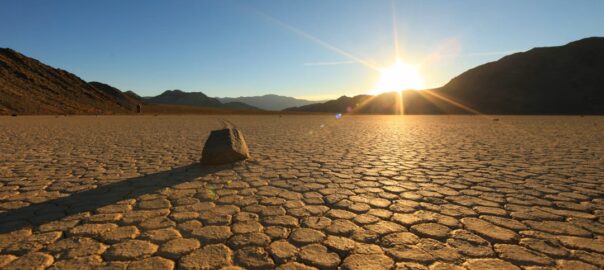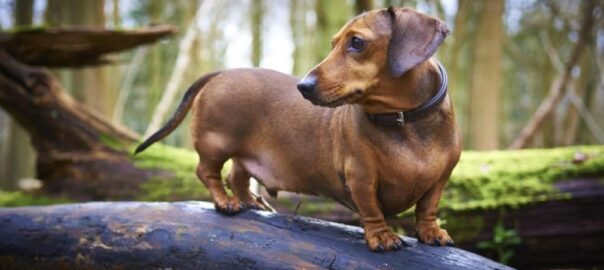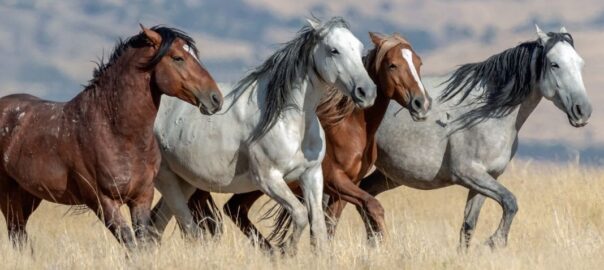Polar bears, the majestic kings and queens of the Arctic, are known for their striking white coats, massive size, and incredible swimming skills. These remarkable creatures are uniquely adapted to survive in one of the harshest environments on Earth: the polar region. In this article, we will delve into the domain of the polar bear, exploring its icy habitat, the challenges it faces, and the conservation efforts being made to protect this magnificent species.
The Arctic: A Frozen Kingdom
The Arctic is a vast, frozen wilderness that covers around 14 million square kilometers, encompassing the northernmost parts of Alaska, Canada, Greenland, Norway, Russia, and several neighboring islands. This polar region is characterized by its extreme cold, with temperatures that can plummet to -50°C (-58°F) in winter and rarely rise above 10°C (50°F) in summer.
The Arctic is primarily covered by sea ice, which forms when the surface of the ocean freezes during the long, frigid winter. This ice plays a crucial role in the lives of polar bears, as it provides a platform for them to hunt, travel, and rest. The sea ice also serves as a bridge between the land and the ocean, allowing polar bears to access their primary food source: seals.
Life on the Ice: Polar Bear Adaptations
Polar bears have evolved a remarkable set of adaptations that enable them to thrive in the Arctic’s harsh conditions. Their thick, insulating fur, which appears white but is actually transparent, helps to camouflage them against the snow and ice while keeping them warm. Underneath their fur, polar bears have a thick layer of blubber, which not only provides buoyancy when swimming but also acts as an energy reserve during times of scarce food availability.
Polar bears have large, paddle-like feet, which are ideal for propelling them through the water at speeds of up to 10 kilometers per hour. They can also use their powerful limbs to traverse the icy terrain, covering distances of up to 1,000 kilometers in a single season.
A Threatened Existence: Climate Change and Other Challenges
Despite their remarkable adaptations, polar bears face numerous challenges in their struggle for survival. The most pressing threat to their existence is climate change, which is causing the Arctic sea ice to melt at an alarming rate. As the sea ice diminishes, polar bears lose access to their primary hunting grounds, forcing them to swim longer distances in search of food. This increased swimming distance can lead to exhaustion, starvation, and even drowning.
Other challenges facing polar bears include habitat loss due to oil drilling and other industrial activities, overhunting, and contamination from pollutants. These threats, combined with the impacts of climate change, have resulted in a significant decline in polar bear populations, with some subpopulations experiencing a decrease of up to 40% over the past three decades.
Conservation Efforts: Protecting the Polar Bear and Its Habitat
Efforts to protect the polar bear and its Arctic habitat are being led by international organizations, governments, and non-profit groups. These efforts include:
- Reducing greenhouse gas emissions to mitigate the impacts of climate change.
- Implementing and enforcing strict hunting regulations to prevent overhunting.
- Establishing protected areas, such as marine sanctuaries, to safeguard critical polar bear habitat.
- Conducting research to better understand the ecology and conservation needs of polar bears.
- Raising awareness about the plight of polar bears and the importance of protecting their habitat.
The polar bear, a symbol of the Arctic’s pristine beauty and a testament to the resilience of life in extreme environments, is facing unprecedented challenges. By taking action to address the threats it faces, we can help ensure the survival of this magnificent species and preserve the integrity of its icy domain for future generations to admire and cherish.









